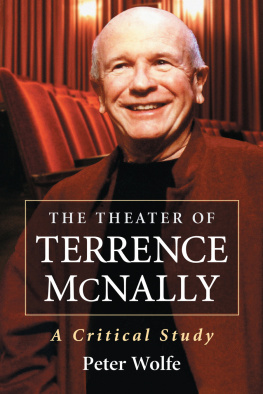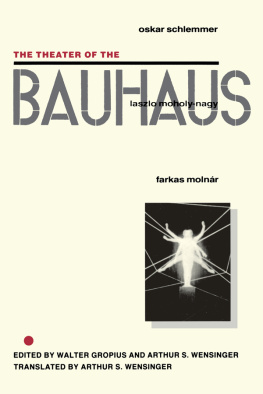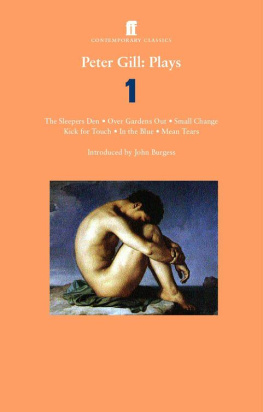To Bodies Gone
The Author
Barney Norris was born in Sussex in 1987. Upon leaving university he founded Up In Arms theatre company with the director Alice Hamilton. His plays include Visitors (Up In Arms, Arcola Theatre and tour), Fear Of Music (Up In Arms/Out of Joint, tour) and At First Sight (Up In Arms, tour and Latitude Festival). This is his first book.
To Bodies Gone
The Theatre of Peter Gill
Barney Norris

Seren is the book imprint of
Poetry Wales Press Ltd
Nolton Street, Bridgend, Wales
www.serenbooks.com
facebook.com/SerenBooks
Twitter:
Barney Norris, 2014
The right of Barney Norris to be identified as the Author of this Work has been asserted in accordance with the Copyright, Designs and Patents Act, 1988.
ISBN 978-1-78172-181-0
Epub 978-1-78172-182-7
Mobi 978-1-78172-183-4
A CIP record for this title is available from the British Library
All rights reserved. No part of this publication may be reproduced, stored in a retrieval system, or transmitted at any time or by any means electronic, mechanical, photocopying, recording or otherwise without the prior permission of the copyright holders.
Quotation is made from the work of Peter Gill by permission of Faber & Faber
The publisher works with the financial assistance of the Welsh Books Council
Cover photograph: a scene from The Sleepers Den, Victoria and Albert Museum, London
Printed by Bell & Bain Ltd, Glasgow
ACKNOWLEDGMENTS
For Peter.
With thanks to everyone who has supported the development of this project, particularly Alice, who introduced me to Peters work; Bernard ODonoghue and Sophie Ratcliffe, great teachers; Lindsay and Ivan, who made it possible for me to work with Peter; John Burgess, Graham Cowley, Kenneth Cranham, Terry Davies, William Gaskill, Michael Grandage, James Knowlson, John McGrath, Josie Rourke, Max Stafford-Clark, Stephen Unwin, Nicholas Wright, Dinah Wood and all at Casarotto Ramsay; Mick Felton and Seren; Panda, Bella and Charlie; and to Peter Lawlor and Dad, conversationalists whose examples animate this writing.
Yesterday is not a milestone that has been passed, but a daystone on the beaten track of the years, and immediately part of us, within us, heavy and dangerous.
Samuel Beckett, Proust
PROLOGUE
T here can be few bodies of work that are more rewarding when read continuously than the plays of Peter Gill. From the beginning of his career, Gills theatre has been engaged in a Van Gogh-like search, not quite to find the beauty in a pair of old boots, but rather to reveal a beauty that is always present in anything, weathered or leather or otherwise. This hard stare at the ordinary world, his extraordinary way of seeing, connects each new play to the last like beads on a rosary. To read Gills plays chronologically is to witness the expansion of both a mind and a world, beautiful and distinctive, made richer and more compelling with each new statement. This book is a study of Gills work, the first volume to address the entirety of his career to date, and an opportunity to engage with this haunting and beautiful writer in unprecedented depth. Whether readers are new to the work, or admirers of long standing, I hope it will shed light.
That Gills plays stand as a major achievement of the contemporary theatre is one reason for this study. However, such is the nature of his work in the theatre that if he had never written a line in his life, he would still be a vital subject for critical attention. His parallel careers as a director and, particularly through his work at the National Theatre Studio, as a supporter and nurturer of new voices and ideas, have made him one of the most influential and admired theatre artists of the last fifty years. Since making his name at the Royal Court in the 1960s, he has directed more than 100 productions at the Court, Riverside Studios, the National Theatre and on numerous other stages in Britain and around the world. His achievements mark him out as an artist of singular vision, whose poetic naturalism and fierce humanism have been lighting up the theatre ever since, as a key figure at the Royal Court in the years after George Devine launched the English Stage Company, he helped position it at the heart of our culture. My study will therefore engage with Gills work as a director as well as with his writing with the whole of his creative life.
*
Peter Gill was born into a Catholic family in Cardiff in 1939 to George and Margaret Gill, and attended St Illtyds Grammar School in the city. It was during these early years of his life that much of the imaginative landscape of his drama was first mapped out a great deal of his writing returns to the Cardiff of his childhood, exploring the vanished world of his youth, traversing through his work the distance placed between himself and his past by geography and time. On leaving school, Gill moved to London to become first a stage manager, and then an actor. He had a short and busy career on stage and screen, working for the Royal Shakespeare Company and appearing, among other things, in the film Zulu, but by the mid 1960s he had begun to turn to directing a transition he documents in his memoir Apprenticeship. He became an assistant director at the Royal Court in 1964, and directed his first productions there, single performances presented without decor on the stage of other Royal Court productions on Sunday nights, before achieving success with his productions of the plays of D.H. Lawrence. He continued to work at the Royal Court, in Europe and in North America until 1976, when he became the founding Artistic Director of Riverside Studios, which, under his leadership, became one of the leading arts centres in Europe. In 1980 he became an Associate Director of the National Theatre a position he held until 1997 and in 1984 he founded the National Theatre Studio, which he ran until 1990. Since 1997 he has continued to work at the Royal Court and the National Theatre, as well as with the RSC, the other company with whom he has maintained a relationship throughout his career, as well as working regularly at the Donmar Warehouse, the Almeida Theatre and the Peter Hall Company at the Theatre Royal Bath, among others. A complete index of his theatre career can be found at the back of this book.
Gill is first of all a social realist, whose work depicts the conditions of human lives around him and contains in those depictions implicit broader observations of the societies which impose and maintain those conditions on their citizens. Time and again, his productions have been seen to afford extraordinary focus and attention to the supporting casts of plays servants, peasants, and all who use the back stairs. This emphasis on ordinary people is at the heart of his work, and its distinguishing quality is an ability to imbue those characters, so often overlooked in history books but caught here and there in art, with a dignity that makes their endurance of the limits of their lives numinous and heroic. Gill takes the ordinary and makes it extraordinary. In his own writing, however, Gill complicates this aesthetic while his plays are written with minute, intensely naturalistic attention to detail at the level of the individual line or scene, they are structurally complex, often radical in their form. They could not be adequately described as realist work, and an analysis of those structures is at the heart of this book.
Gills work as a director spans the canon of English language theatre, ranging from Shakespeare, Otway, Webster and Middleton and Rowley to major contemporary figures such as Joe Orton, Harold Pinter, John Osborne and Nicholas Wright, via Wilde, Shaw and Granville Barker. Like many of his contemporaries, he is popularly associated with the work of one particular writer (as Max Stafford-Clark is with Caryl Churchill or Stella Feehily, Richard Eyre with David Hare, or William Gaskill with Edward Bond). Unlike his contemporaries, however, the writer Gill is most closely associated with is himself: since his first play,
Next page
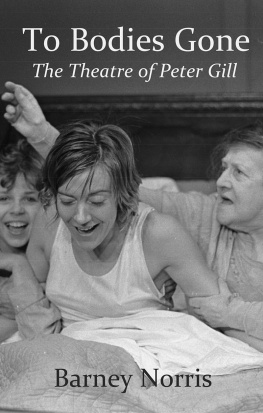
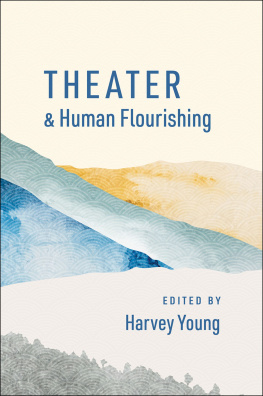


![Viola Spolin - Improvisation for the Theater: A Handbook of Teaching and Directing Techniques [1963 ed.]](/uploads/posts/book/406435/thumbs/viola-spolin-improvisation-for-the-theater-a.jpg)

